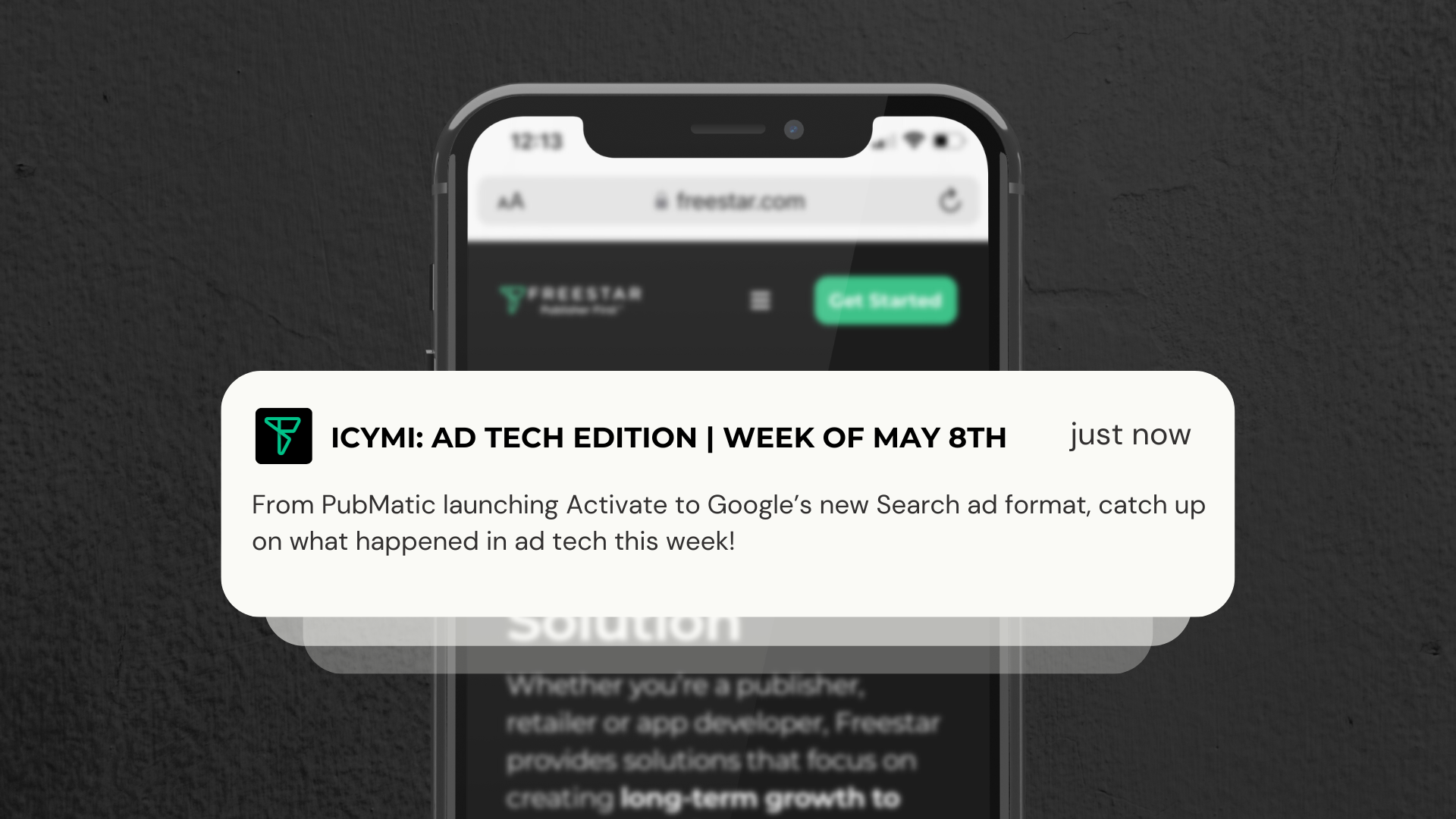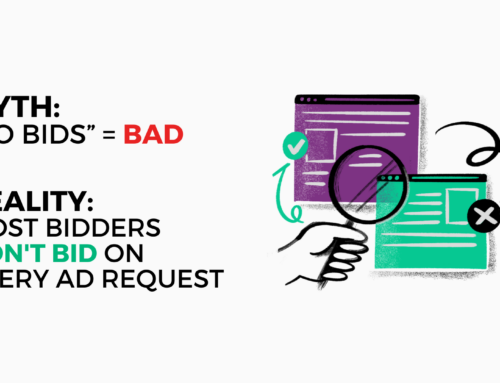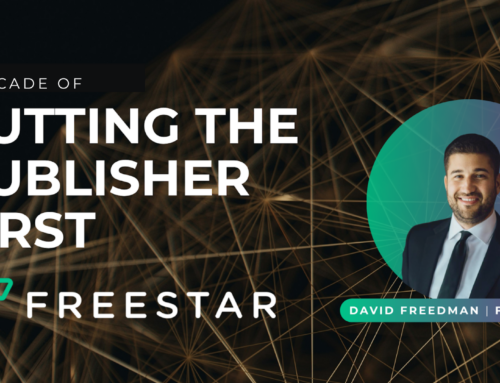Bits and Bobs from around the industry:
- PubMatic Launches Activate, Bringing Programmatic Automation to Direct Deals for CTV and Video | PubMatic
- The Trade Desk Embraces New IAB Video Specs, Spurring Adoption and Anxiety | AdWeek
- New York Times to get around $100 million from Google over three years | Editor & Publisher
- Audi, Diageo and Others Block High-Carbon Publishers With Scope3’s Climate Shield Plug-In for DSPs | AdWeek
- It’s Time To Ditch The Junk Food Of Low-Quality Ad Inventory | AdExchanger
- The Trade Desk Says It Isn’t Competing With SSPs – It’s Taking On Inefficiency | AdExchanger
- Search Ads today and in the future | Google Ads & Commerce Blog
PubMatic Launches Activate, Bringing Programmatic Automation to Direct Deals for CTV and Video | PubMatic
PubMatic, a digital advertising company, has launched a new program called “Activate” which aims to automate the process of direct deals for connected TV (CTV) and video advertising. The program leverages machine learning and artificial intelligence to help advertisers reach their target audience more effectively and efficiently. With Activate, PubMatic hopes to make it easier for advertisers to execute programmatic direct deals and maximize the value of their ad campaigns.
The Trade Desk Embraces New IAB Video Specs, Spurring Adoption and Anxiety | AdWeek
The Trade Desk, a demand-side platform for programmatic advertising, has expressed concern about the adoption of Interactive Advertising Bureau (IAB) video specs, citing anxiety among advertisers over the changes. The IAB’s updates to its video specs will require changes to the technical infrastructure of many video campaigns. The Trade Desk has called for more communication and education around the changes to help alleviate advertiser anxiety and ensure a smooth transition to the new standards. The IAB’s video specs aim to standardize video ad formats and improve the viewer experience.
New York Times to get around $100 million from Google over three years | Editor & Publisher
The New York Times has struck a deal with Google that will reportedly provide the publication with around $100 million in revenue over the next three years. The deal includes a provision for the Times to use Google’s ad platform to sell and place programmatic ads across the Times’ digital properties. The two companies will also work together on developing new ad formats and identifying new revenue opportunities. The agreement comes as publishers are seeking ways to diversify their revenue streams amid declining print ad revenue.
Audi, Diageo and Others Block High-Carbon Publishers With Scope3’s Climate Shield Plug-In for DSPs | AdWeek
Several major brands including Audi and Diageo are using a new plug-in called “Climate Shield” from Scope3, a sustainability data firm, to block programmatic ad placements on publishers with high carbon footprints. The Climate Shield plug-in integrates with demand-side platforms (DSPs) and uses data from Scope3’s “CarbonScope” tool to assess the carbon emissions of publishers. Advertisers can then choose to avoid placing ads on high-carbon publishers as part of their sustainability efforts. Climate Shield aims to encourage publishers to reduce their carbon emissions and promote more sustainable practices in the advertising industry.
It’s Time To Ditch The Junk Food Of Low-Quality Ad Inventory | AdExchanger
The article argues that advertisers should stop relying on low-quality ad inventory and instead prioritize investing in high-quality ad placements. It discusses the negative impact that low-quality ads can have on brand reputation and suggests that investing in premium inventory can lead to better engagement and ROI. The article also encourages advertisers to work closely with publishers to ensure that ads are placed in appropriate and relevant contexts.
The Trade Desk Says It Isn’t Competing With SSPs – It’s Taking On Inefficiency | AdExchanger
The Trade Desk, a demand-side platform for digital advertising, clarifies that it is not in competition with supply-side platforms (SSPs), but rather aims to address the inefficiencies in the ad buying process. The article discusses how The Trade Desk is working to improve the transparency and effectiveness of programmatic advertising by providing advertisers with more control over their campaigns and access to more premium inventory. The article also discusses The Trade Desk’s recent initiatives to improve targeting capabilities and reduce ad fraud.
Search Ads today and in the future | Google Ads & Commerce Blog
Google has introduced a new ad format that uses generative artificial intelligence (AI) to create ads automatically. The new ad format, called “Search Ads 360 Auto-apply ad suggestions,” uses machine learning to analyze the content of a webpage and generate ad copy that is relevant to the user’s search query. Advertisers can choose to automatically apply these ad suggestions, which are designed to improve ad relevance and performance. The new ad format is part of Google’s efforts to use AI to streamline the ad creation process and help advertisers reach their target audience more effectively.






